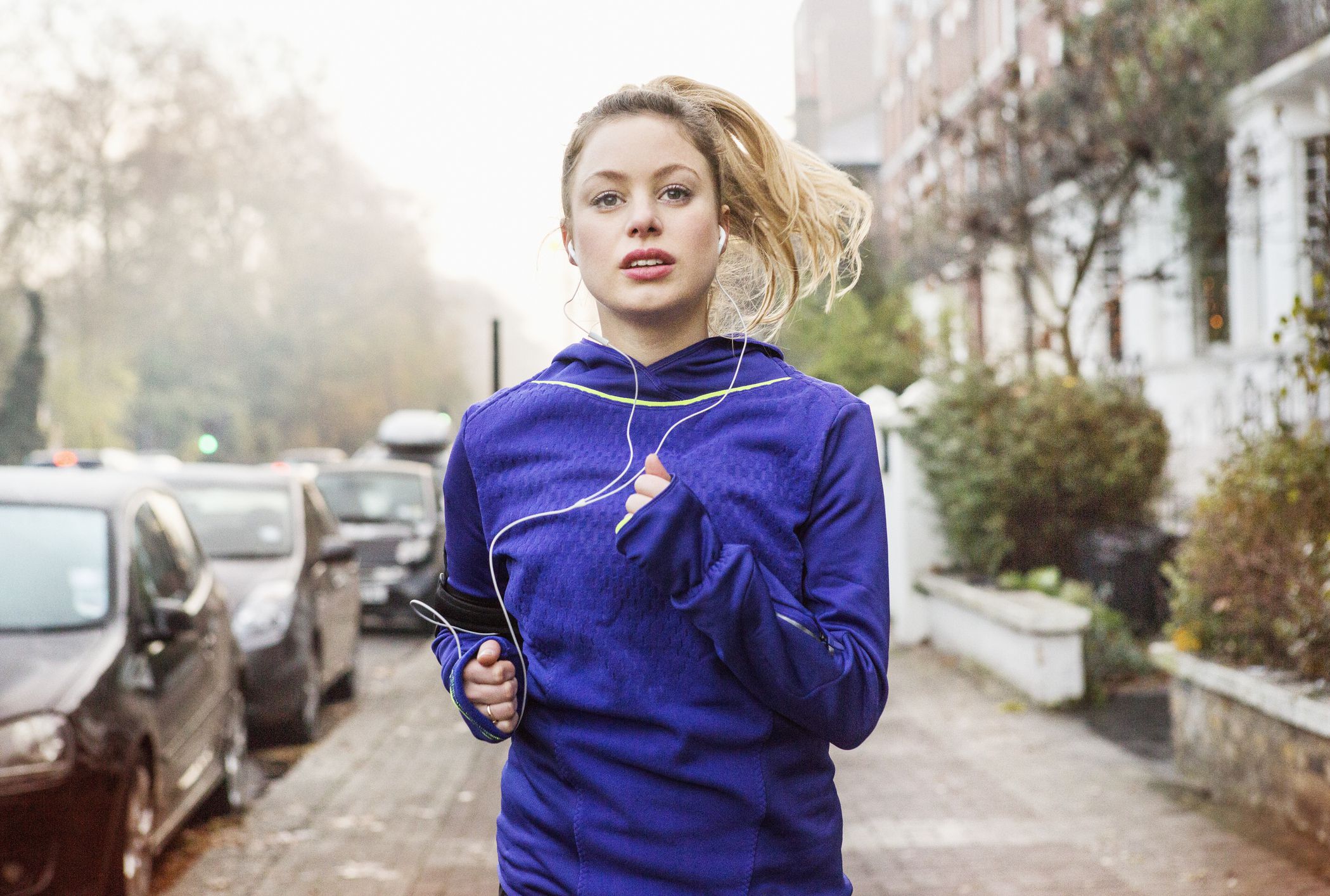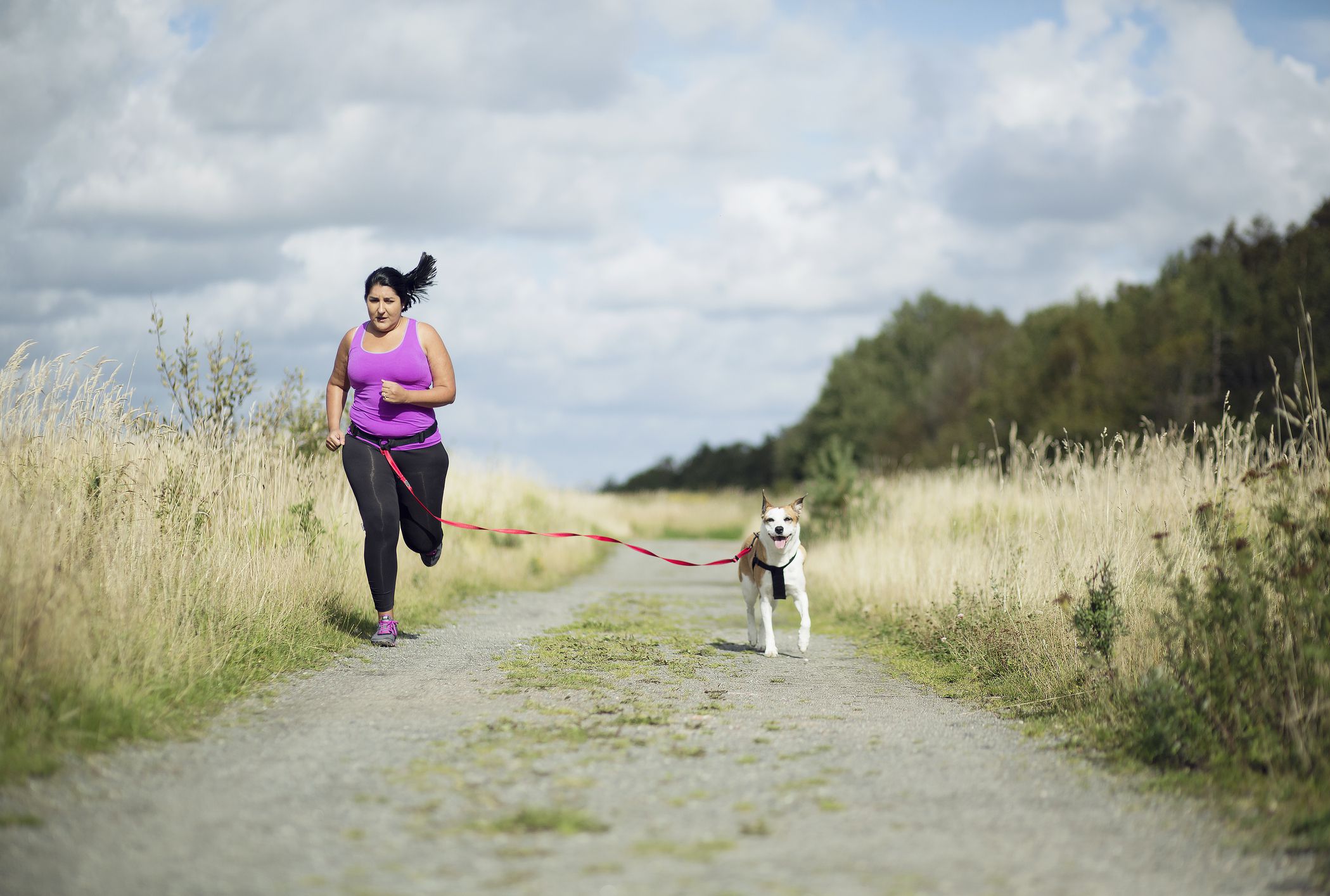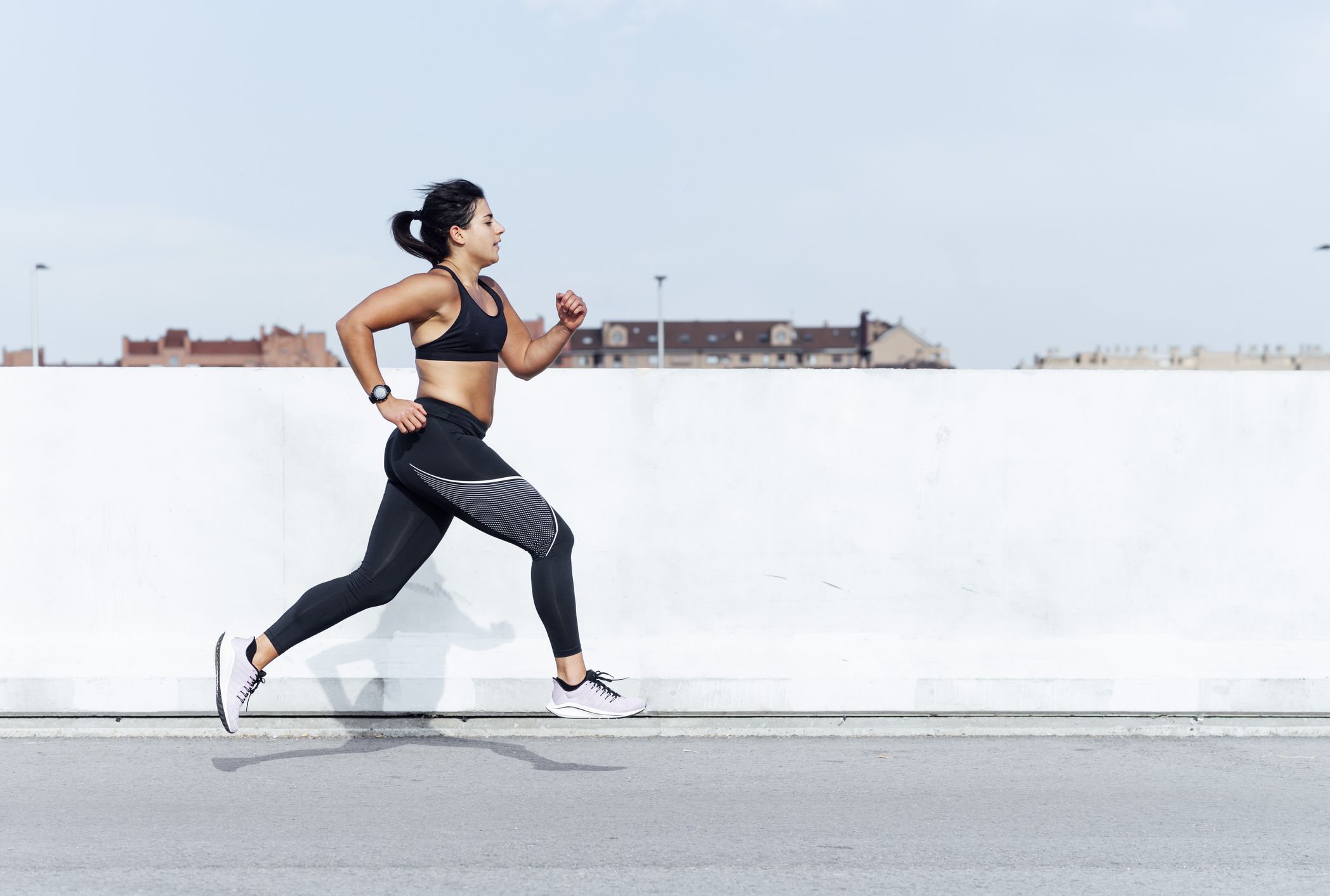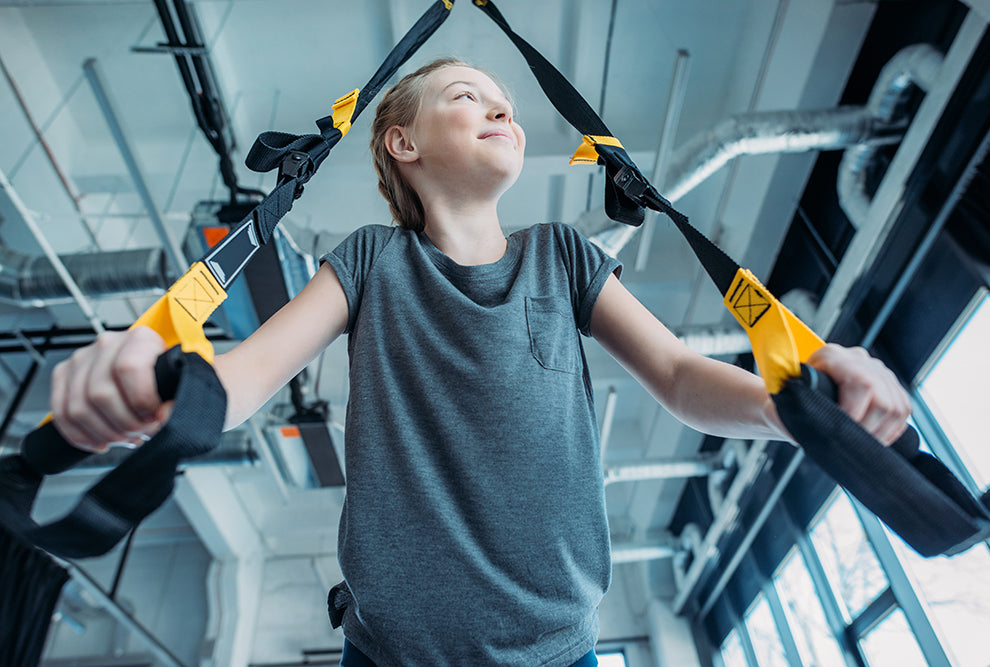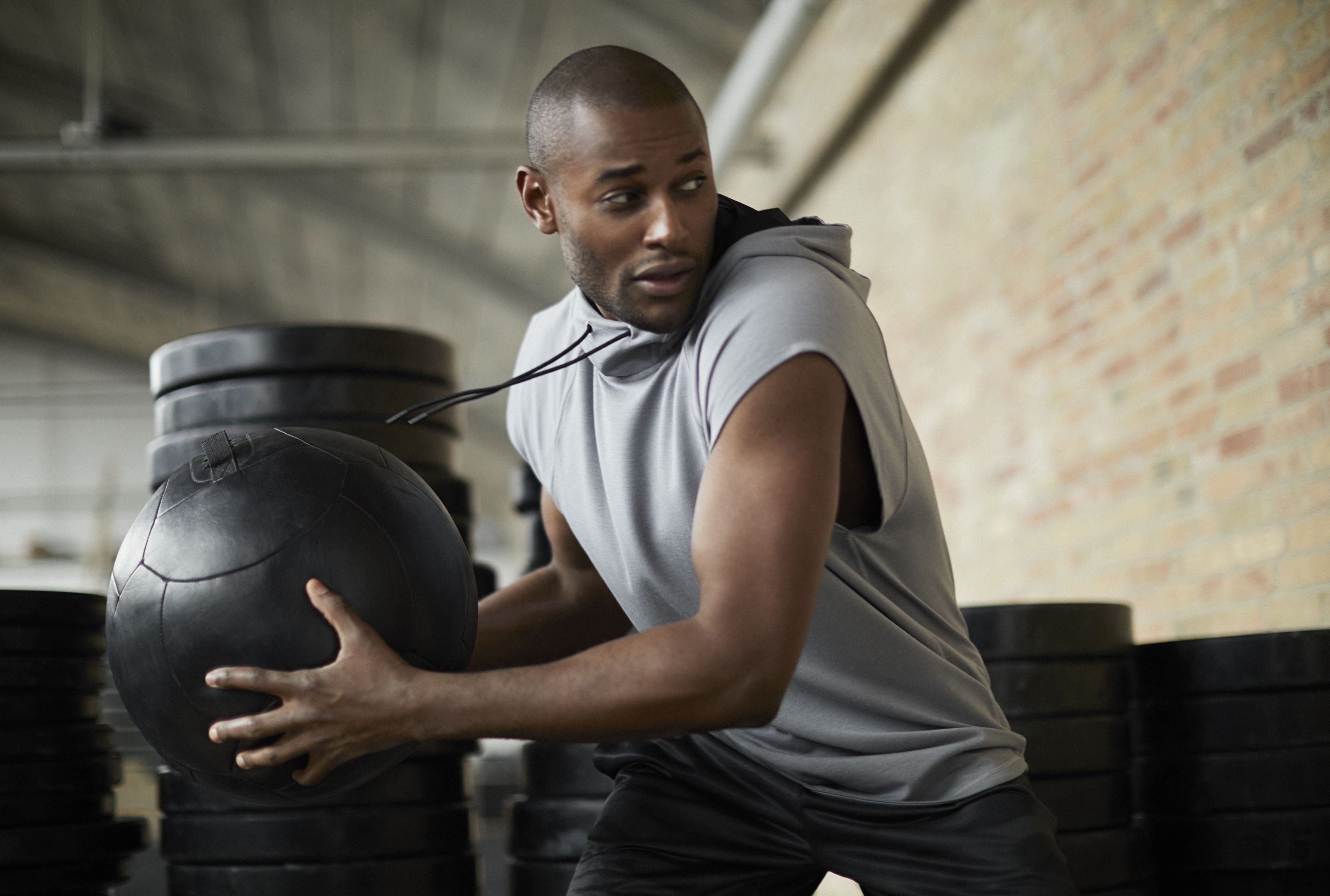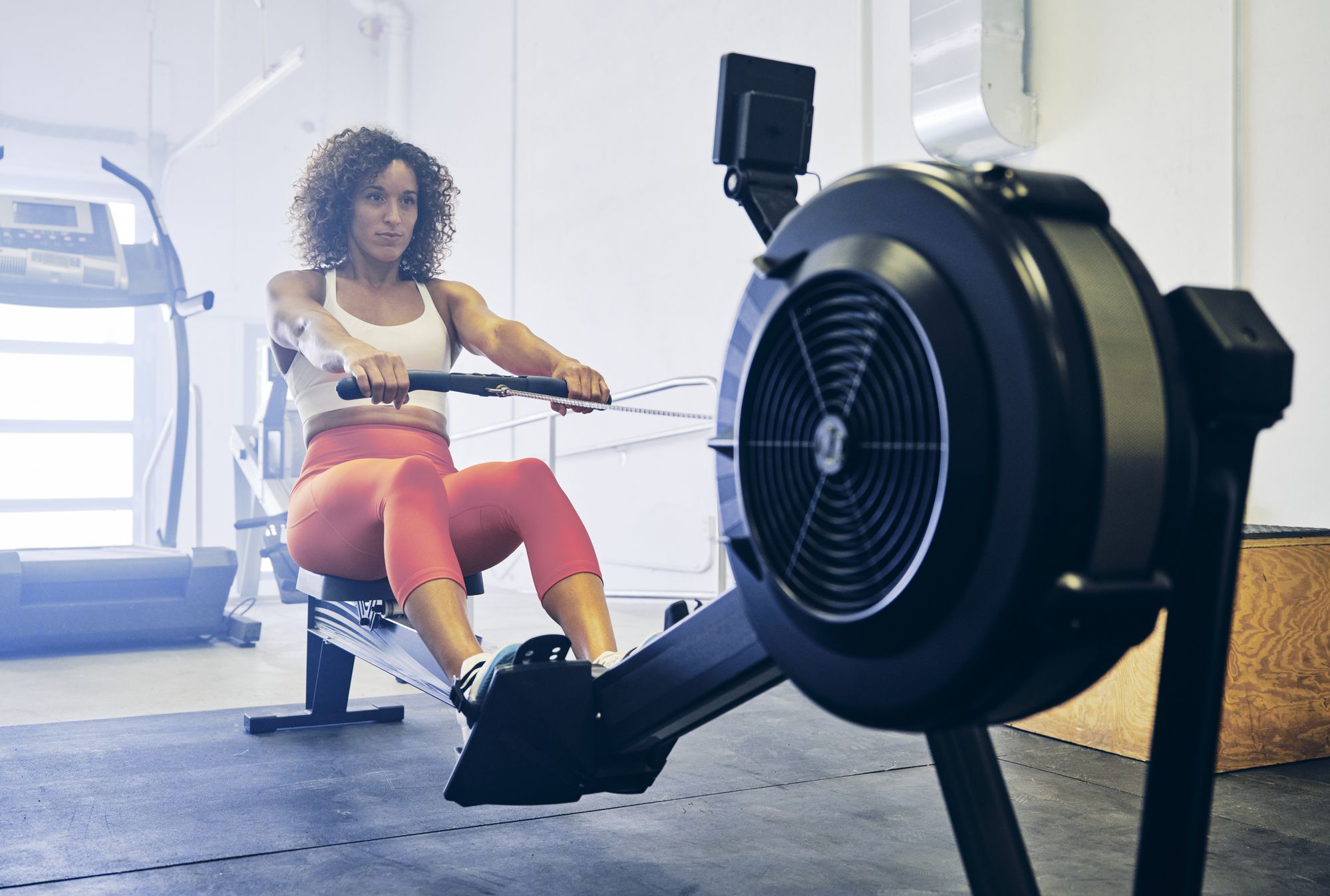
Finding the right workout class for you is like finding the right pair of shoes. You may have to try a few before finding the perfect fit. Or you may rotate between your favorites depending on how you feel.
If you have signed up for an indoor rowing class for your next workout, you may not know what to expect. Indoor rowing classes are not as common as yoga, Zumba, or spin classes, but the popularity of this machine workout is gaining traction because it works the entire body. Here is how to prepare and what you should know before you take an indoor rowing class.
What is Indoor Rowing?
Indoor rowing uses a stationary exercise machine that mimics the act of rowing water without the actual water. It is a total body workout that targets your arms, legs, and core.
Indoor rowing also is a low-impact option for those looking for a workout that is gentle on the joints but challenging on the muscles. Like swimming, rowing is a fluid movement. You can adjust the level of tension on the machine, making it an effective exercise for improving cardio and strength.
Benefits of Indoor Rowing
Any form of exercise is beneficial, but what sets indoor rowing apart is that it is a total body workout. It also combines the benefits of aerobic exercise and strength training in one workout since it gets your heart pumping and targets different muscle groups.
Indoor rowing may be especially beneficial for visually impaired people. Visual impairments can make it difficult to work out, resulting in abnormal body composition, low fitness, and scoliosis. Indoor rowing is a suitable workout for visually impaired people and can help improve their body composition and physical fitness. These benefits could apply to anyone, however.
Rowing can also help increase strength and anaerobic endurance. When combined with strength training, rowing is an effective way to improve certain measures of physical fitness, such as muscle power, strength, endurance, and change-of-direction speed.
If you think you won’t work up a sweat during an indoor rowing class, think again. Compared to swimming, rowing may increase cardiac output to a greater extent. Cardiac output refers to the amount of blood your heart pumps each minute. It elevates your heart rate and gets your blood pumping.
Hit the Rowing Machine for Some Serious Cross-Training
How to Use an Indoor Rowing Machine
To use an indoor rower, start in a seated position. Each machine has a seat placed on a rail. The seat glides back and forth.
Place your feet on the footplates or in the foot straps, and keep a bend in your knees. Grab the handle attached to the round wheel at the front of the machine, which is called the flywheel. Keep your hands shoulder-width apart.
Extend your legs to push your body back, but keep a slight bend in your knees. As you lean back, pull the handle toward your chest. Keep your arm and core muscles engaged. Return to the starting position and repeat the motion throughout the workout. The motion should be fluid. Imagine yourself performing this motion on the water.
You may need to make some adjustments to the machine to accommodate your height and flexibility. You can also increase or decrease the tension to make the workout more or less challenging. Though it sounds like an easy workout, it gets difficult quickly.
How to Get a Great Cardio Workout on a Rowing Machine
What to Expect in a Class
If you have ever taken a group workout class before, you are likely familiar with the general structure. Indoor rowing machines are set up in rows. A single instructor faces the class at the front of the studio, room, or outdoor area where classes are held.
Indoor rowing classes typically last for 30 to 45 minutes at a time. Classes usually begin with a warmup that lasts for a few minutes. The class may then transition into multiple intervals or circuits. You will follow the instructor’s directions on rowing slower or faster throughout the workout.
In some classes, the instructor may have you step off the machine entirely and perform bodyweight exercises like squats. In others, you may stay seated but place the handles down and perform exercises like crunches. The class usually concludes with a cool-down period and stretches.
The 9 Best Online Exercise Classes of 2022
How to Prepare
For your first indoor rowing class, aim to arrive early. You may have to get checked in at the front desk and fill out some paperwork. The instructor may also want to show you how to use the machine safely before class starts.
Because rowing class is a total body workout, you should be properly rested. Avoid performing any strenuous activities the day before that could leave you feeling stiff or sore. You also should always stretch before any exercise class, including one that involves rowing. Perform stretches that target the upper and lower body.
Rowing requires a lot of energy, so don’t come on an empty stomach. Eat a snack or small meal 30 minutes before the class. It is always a good idea to arrive hydrated as well.
How to Get Over Your Gym Anxiety and Create a Workout Routine You Love
What to Bring
Indoor rowing classes only require one machine, so you don’t have to bring any equipment. The studio may require you to bring or sign waivers upon your arrival, though.
You can bring your personal items, such as a purse, wallet, phone, or car keys, and leave them in the designated area near the front desk. Lockers may also be available, in which case you can choose to bring a safety lock.
Also, you may want to bring a towel to wipe your face because you may work up a sweat during the class. To stay hydrated, bring a water bottle to sip on throughout the class.
The 13 Best Insulated Water Bottles of 2022
What to Wear
Unlike pilates or spin classes, you don’t need special socks, shoes, or footwear to take an indoor rowing class. A pair of lightweight shoes or sneakers will work best compared to chunky ones.
Form-fitting clothing is recommended. Loose-fitting or baggy clothing could interfere with your ability to move freely throughout the workout. Tight clothes are less likely to get in your way, so reach for fitted shirts, shorts, or leggings.
9 Size-Inclusive Activewear Brands That Celebrate Body Positivity
A Word From Verywell
Trying any new workout class can be intimidating. There may be people there who have attended the class for longer than you. Just remember that everyone started somewhere, and trying something new shows courage and initiative.
Indoor rowing seems simple, but it can be a grueling aerobic and strength workout, depending on the class. Your muscles may get tired and you are likely to work up a sweat. Arriving hydrated, fueled, rested, and properly stretched will help you succeed in the class. If you have any questions about what to expect before taking an indoor rowing class, the instructor can help assure you.
The Best Rowing Machines to Maximize Your Workout Routine



